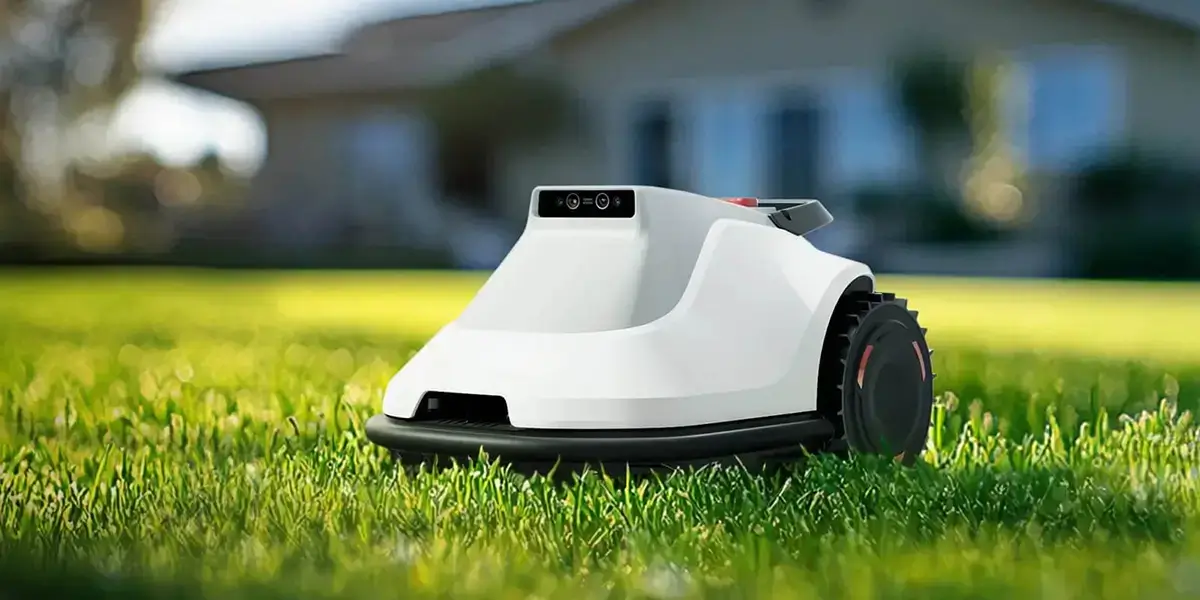Ever tried to dial in that perfect balance on a brushless motor? It’s like tuning a high-performance car—you want it to run smooth, responsive, but also super efficient. One of the things you might overlook, yet is critical, is understanding KV on brushless motors. Yeah, that tiny number stamped on the motor—sounds simple, right? But dive a little deeper, and it becomes a game of physics, engineering, and personal preference, all rolled into one.

So, what exactly is KV? If you’ve ever wondered, KV refers to how many RPMs (revolutions per minute) the motor will spin per volt of power supplied, without any load attached. Think about it like this: a motor marked 3600 KV will spin at 3600 RPM on a 1-volt power source. Increase the voltage to 2, and you'll get around 7200 RPM. Seems straightforward, but when you plug that motor into a real-world application, things get interesting.
Why does this matter? Well, imagine you’re building a drone. If the motor's KV is too high, it’ll spin super fast but may struggle with torque—meaning it won’t give you that snappy response when you need it. Plus, high KV motors tend to drain batteries faster and generate more heat. On the flip side, a lower KV motor spins slower but provides better torque, perfect for heavy payloads or applications needing that low-end grunt.
Here's where the real-world choices come in. For racing drones, you’d pick a higher KV motor because speed is king. But for a camera drone that needs stability and longer flight times, a lower KV is more your style. It’s kind of like choosing between a sports car and a SUV—each has its own magic.
What about noise, heat, or efficiency? Those are often on the minds of experienced hobbyists. Higher KV motors can get loud and hot because they're working at higher RPMs, which isn’t ideal for prolonged use. They also tend to eat up batteries more quickly. But if you want that explosive response with quick acceleration and max speed, it’s the way to go.
And if you’re wondering how KV influences other features—think propellers. A high KV motor pairs well with small, lightweight props, making everything zip along swiftly. Lower KV motors work better with bigger props—they're built for pushing heavier loads or maintaining flyability with less stress on the components.
Here's a good question to ask yourself: what’s the primary goal? Speed, stability, payload capacity? Knowing that helps pinpoint the right KV value. Because, at the end of the day, understanding that tiny detail opens up a whole new level of control over your project.
So, when exploring brushless motors, don’t just glance at the specs. Dig into what that KV number really means for your specific needs. Sometimes, a lower KV motor paired with the right propellers can turn a sluggish flyer into a responsive beast. Or vice versa. It’s all about knowing your tools and what kind of adventure you want to take.
That’s why detailed, nuanced knowledge about KV gives you the edge. It’s not just about specs on paper; it’s about making a motor sing for the application. When you get that right, every flight or task feels just right—like the motor was made for your hands.
Established in 2005, Kpower has been dedicated to a professional compact motion unit manufacturer, headquartered in Dongguan, Guangdong Province, China.




































